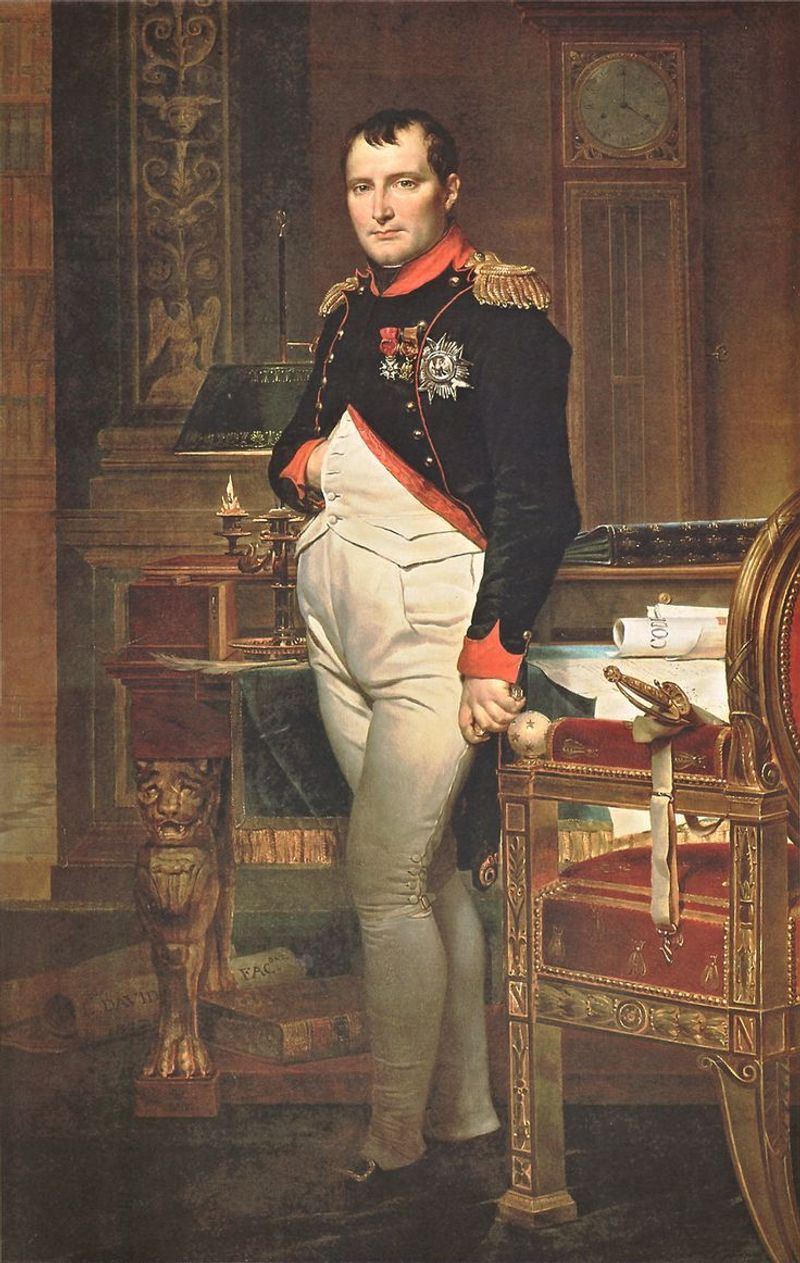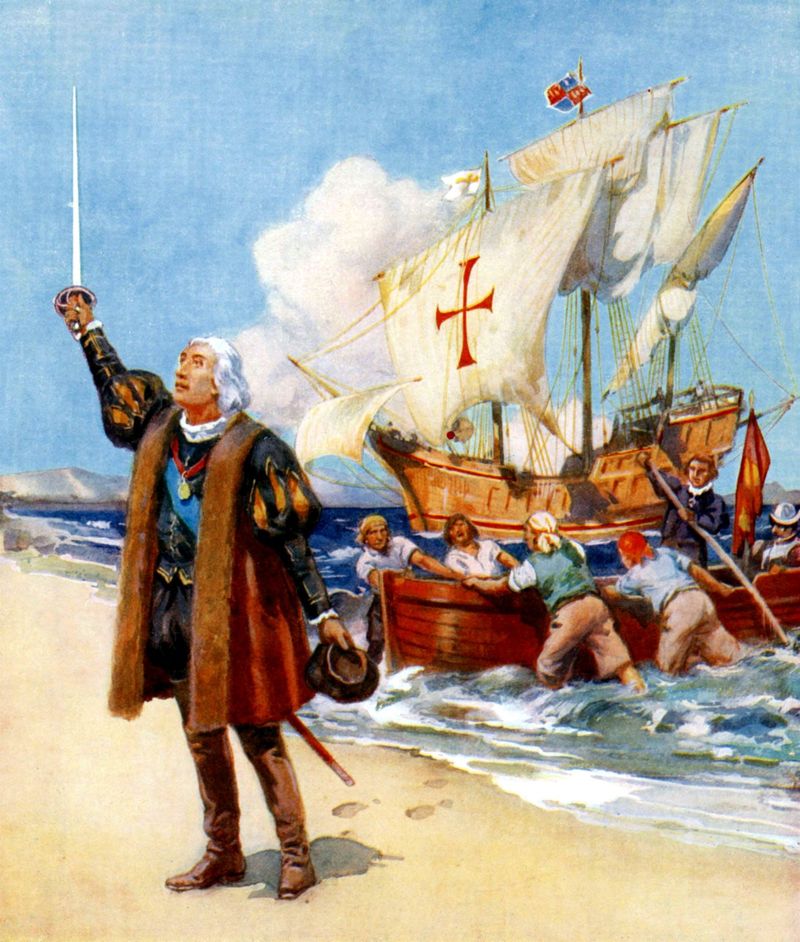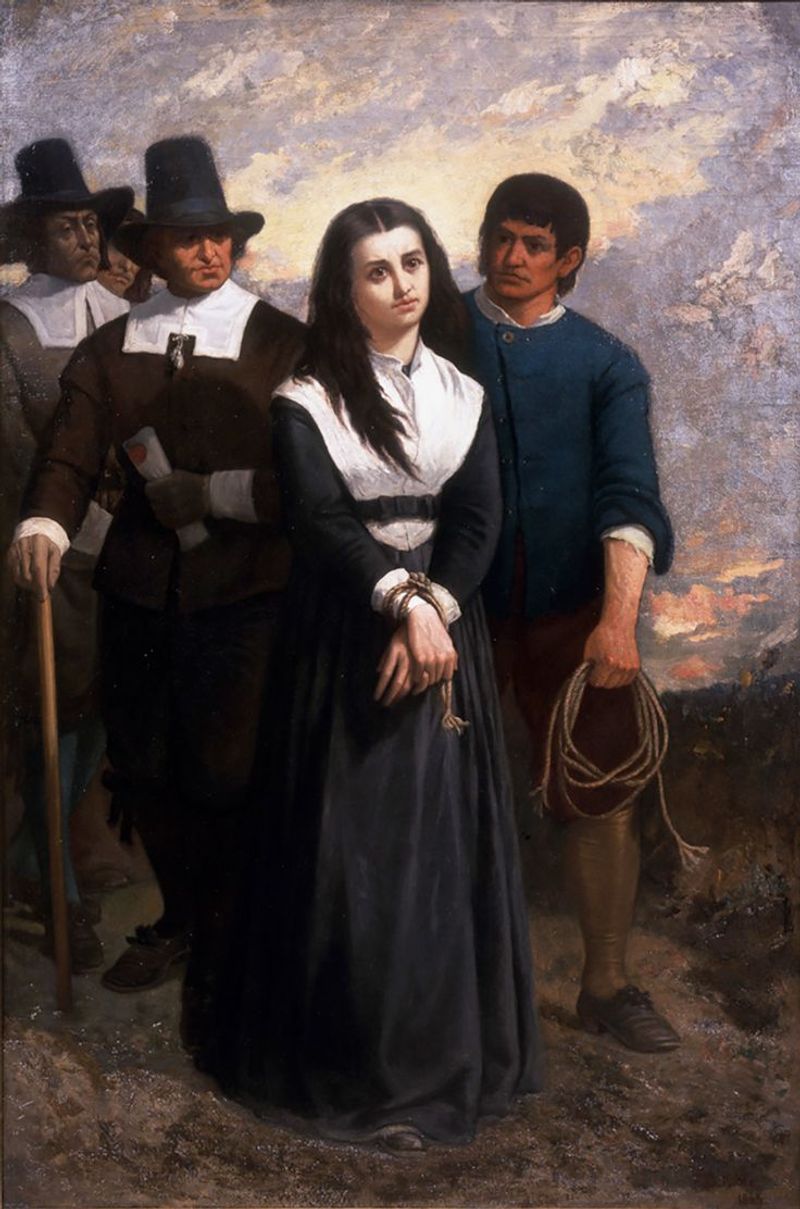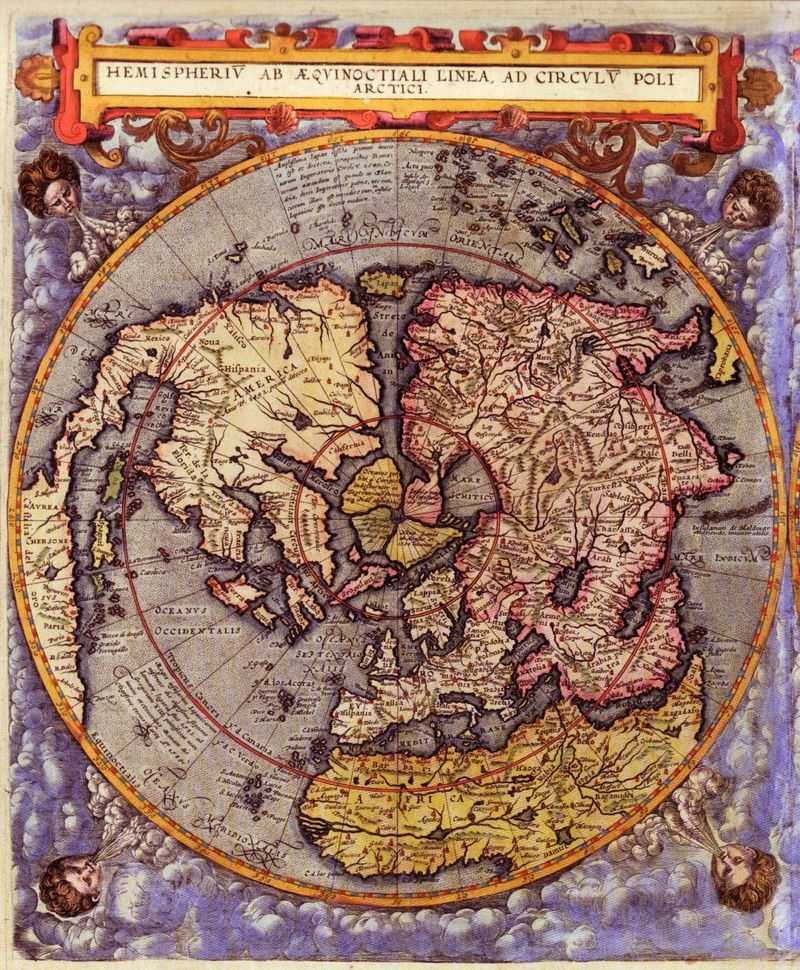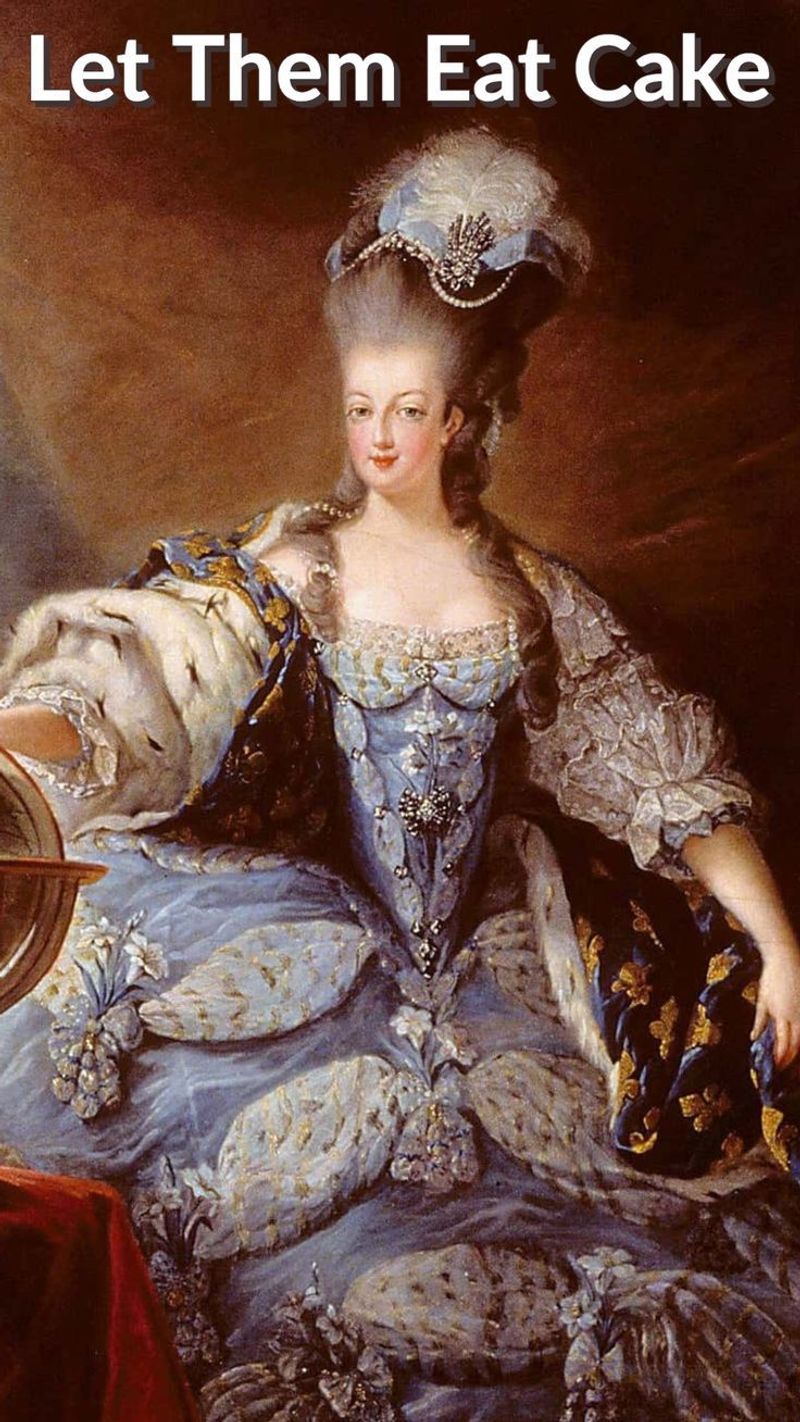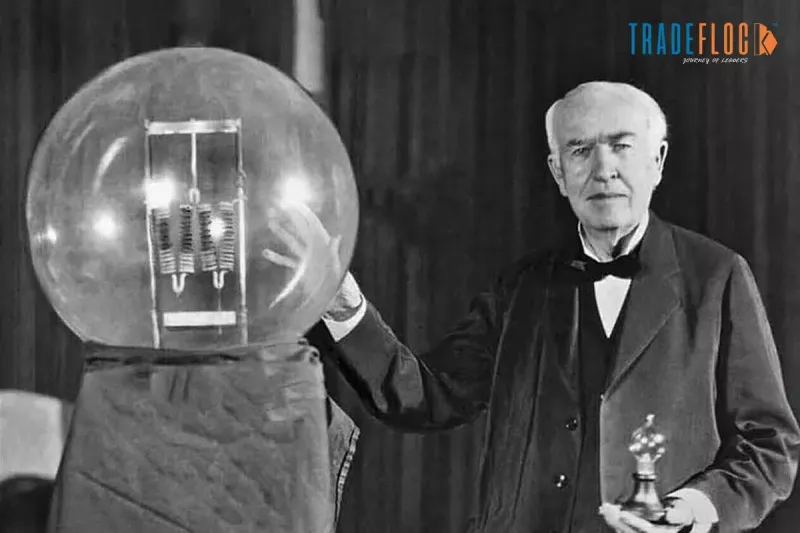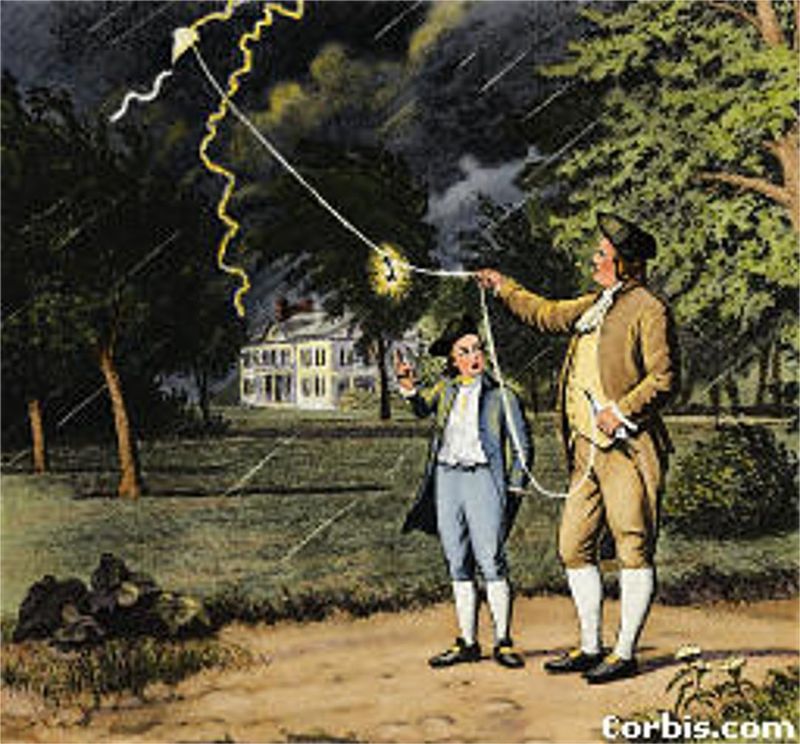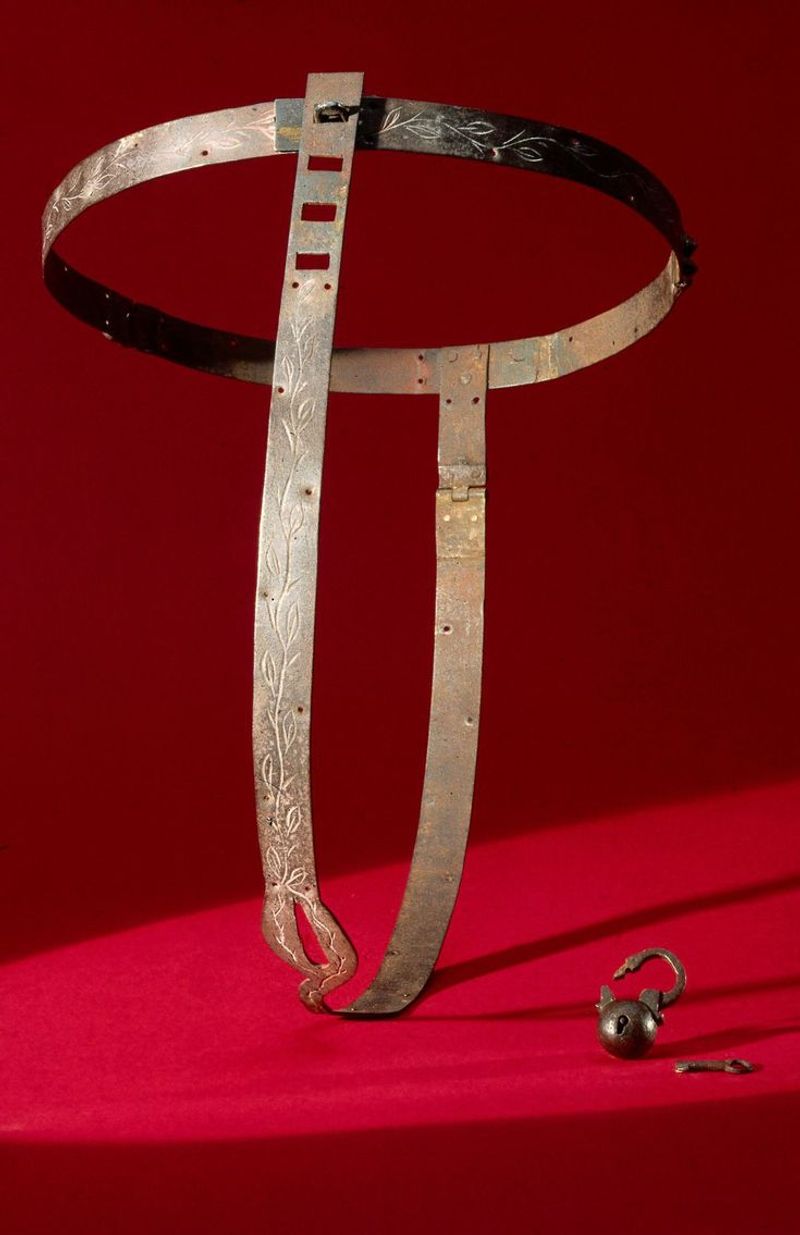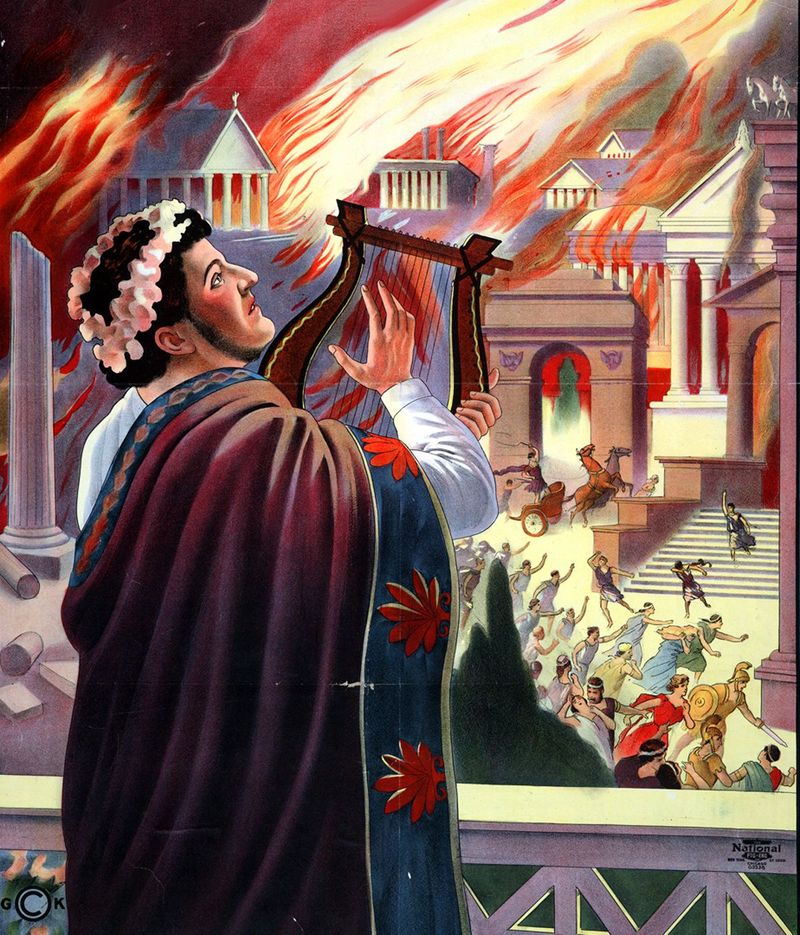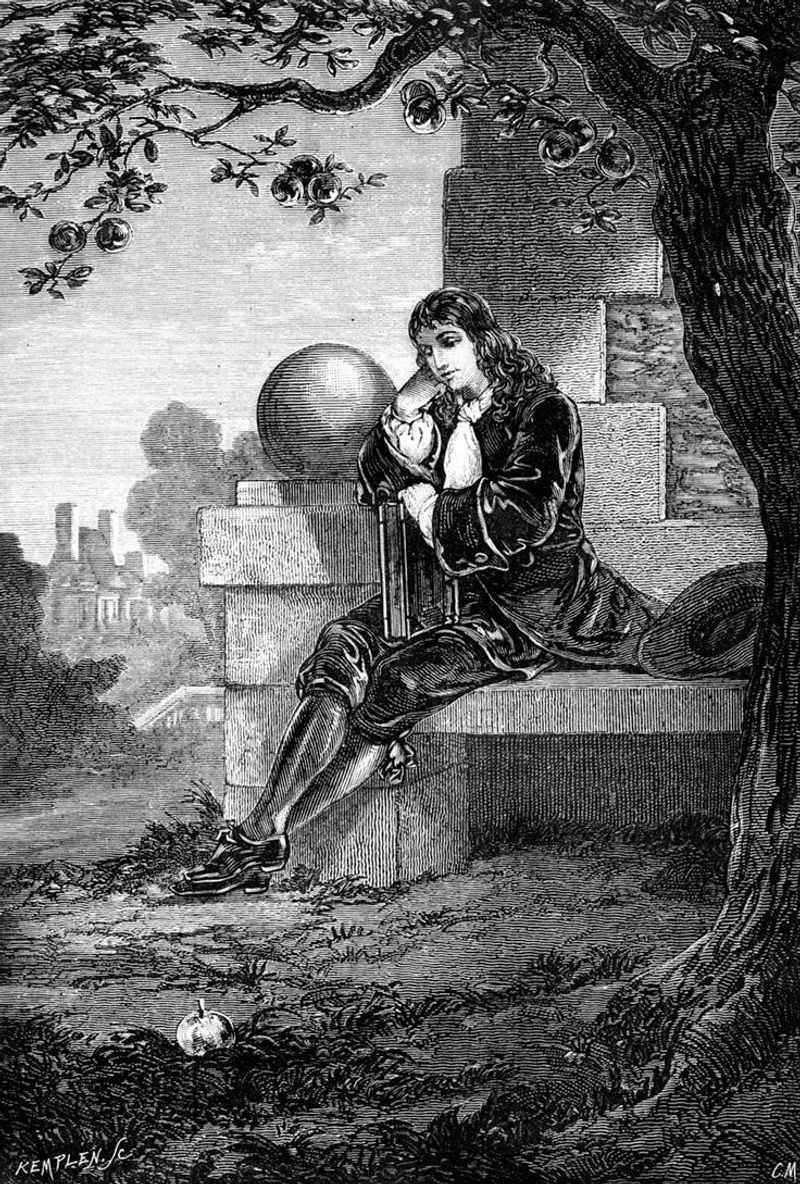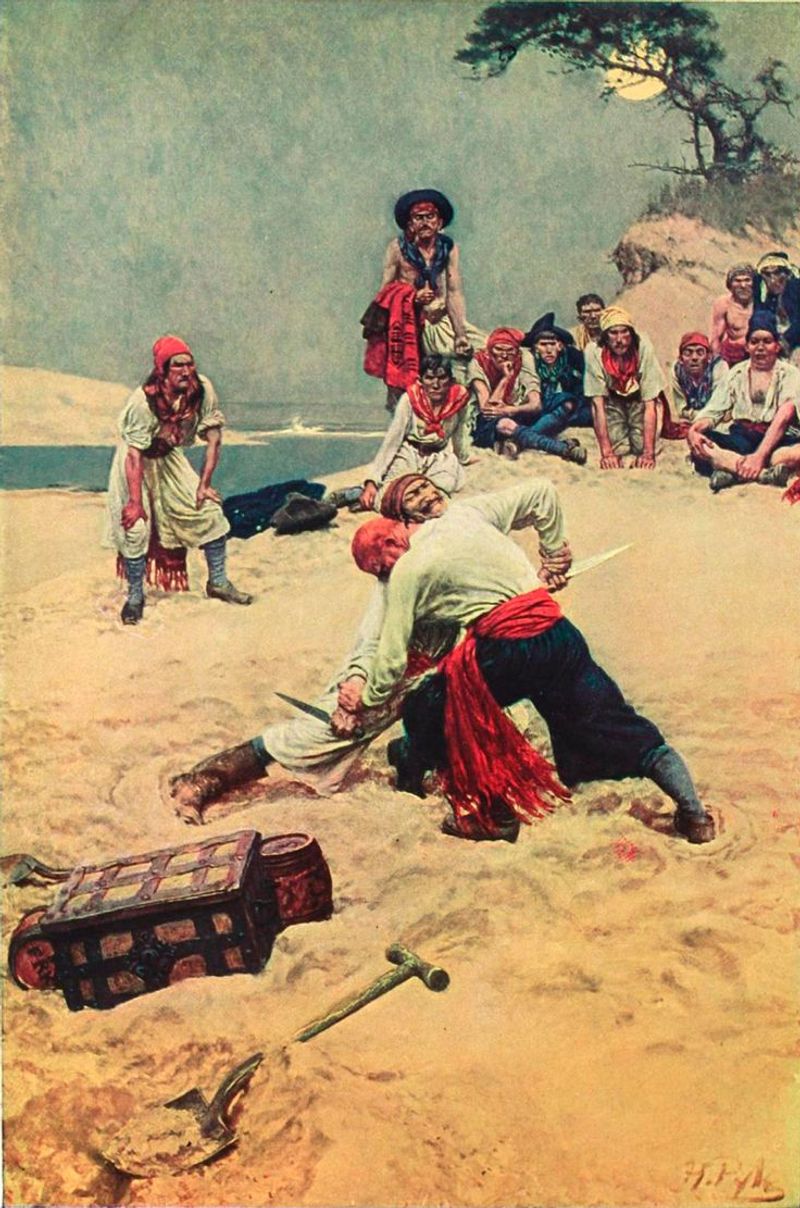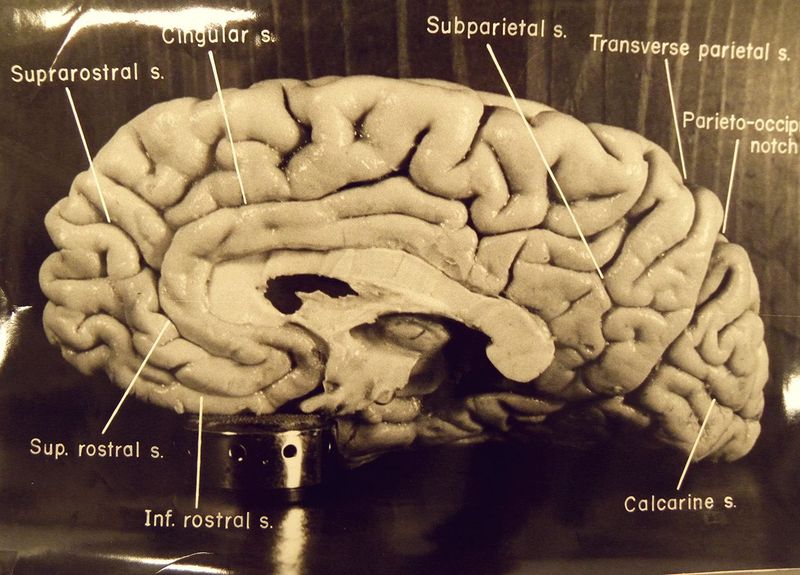History is filled with fascinating stories and facts, but not all of them hold up under scrutiny. Over time, many widely accepted historical ‘facts’ have been debunked, revealing truths that are often more intriguing than fiction. In this blog post, we explore 19 such ‘facts’ that turned out to be false, each accompanied by an engaging description and an image prompt to spark your imagination.
Napoleon Was Short
It is a common myth that Napoleon Bonaparte was notably short. However, this misconception stems from differences in French and British measurement systems. At around 5 feet 7 inches, he was actually of average height for his time.
The myth likely gained traction due to British propaganda depicting him as smaller than he was, both literally and figuratively. Historical records show he was not particularly short among his peers.
Remember, when examining historical figures, context is key. Misinterpretations can lead to lasting misconceptions like this.
Vikings Wore Horned Helmets
Many envision Vikings with horned helmets, a depiction popularized by 19th-century operas and artwork. However, archaeological evidence suggests Vikings never wore such helmets in battle.
This myth likely originates from ancient ceremonial uses or artistic interpretations rather than historical reality. In truth, Vikings wore simple, practical helmets designed for protection.
When exploring history, it’s essential to separate artistic interpretation from factual evidence. Vikings were fierce warriors, but their legendary horned helmets are purely fictional.
Columbus Discovered America
Christopher Columbus is often credited with discovering America in 1492, but he never set foot on the mainland. His voyages landed him in the Caribbean islands, not the continent later named America.
Indigenous peoples had inhabited the Americas long before Columbus arrived. His ‘discovery’ marks a significant point in European exploration, yet it overlooks the rich histories of native civilizations.
Understanding the broader context of exploration helps recognize the contributions and existence of Native Americans long before European contact.
Einstein Failed Math
The idea that Albert Einstein failed math as a student is a persistent myth. In reality, Einstein excelled in mathematics from a young age, mastering complex concepts early.
This myth possibly arose from misunderstandings of his educational challenges, which were more about conforming to rigid educational systems than struggling with math itself.
Einstein’s genius lay in his ability to question and see beyond conventional thinking, not in overcoming mathematical incompetence. His life encourages embracing curiosity and unconventional approaches to learning.
Salem Witches Were Burned
A common misconception is that the accused witches of Salem were burned at the stake. In fact, none were burned; they were hanged or died in prison.
This confusion might arise from European practices, where burning was a more common method of execution for witchcraft. The Salem witch trials were tragic, fueled by paranoia and injustice.
Understanding historical inaccuracies like this one helps prevent modern-day misconceptions and highlights the importance of fact-checking in narratives.
The Great Wall Visible from Space
It’s often said that the Great Wall of China is visible from space, but this is misleading. While extensive, the wall is not easily visible to the naked eye from low Earth orbit.
The myth might be fueled by the wall’s fame and impressive length, but atmospheric conditions and wall width challenge visibility. Other man-made structures can also be seen under certain conditions.
This notion underscores the need for critical thinking and verification of widely accepted claims, even those taught in schools.
Medieval Earth Flat Belief
A popular myth suggests medieval Europeans believed the Earth was flat. However, educated individuals during this time were aware of its roundness.
The myth likely stems from 19th-century narratives used to portray earlier times as ignorant. In reality, ancient Greeks had already demonstrated Earth’s sphericity, and the knowledge persisted through the Middle Ages.
This myth highlights how historical narratives can be shaped by later interpretations, reminding us to question assumptions about past beliefs.
George Washington’s Cherry Tree
The tale of George Washington chopping down a cherry tree is a fabricated story, created by biographer Mason Locke Weems. It was meant to illustrate Washington’s honesty.
Though widely told, this story has no basis in historical fact. It’s a morality tale rather than a real event. Washington’s legacy is rooted in his leadership and integrity, not this apocryphal anecdote.
Such legends show how stories can shape perceptions of historical figures, emphasizing the power of narrative in legacy creation.
Marie Antoinette’s ‘Let Them Eat Cake’
Marie Antoinette never said, ‘Let them eat cake.’ This phrase was attributed to her to depict callousness during France’s famine, but there’s no evidence she uttered such words.
It might have been a rumor spread to tarnish her reputation. Historical texts suggest the phrase predates her time, often linked to various figures.
This example shows how quotes can be misattributed, influencing public perception and historical narratives. It’s a reminder to question the authenticity of famous sayings.
Thomas Edison Invented the Light Bulb
Thomas Edison is often credited with inventing the light bulb, but he improved upon existing designs. Other inventors, like Sir Humphry Davy and Warren de la Rue, experimented with incandescent light before him.
Edison’s contribution was developing a practical, long-lasting bulb. His work led to widespread commercial use and distribution of electric light.
This myth highlights how innovation often builds upon previous work, reminding us of the collaborative nature of technological progress and the importance of recognizing contributions from multiple inventors.
Benjamin Franklin’s Kite Experiment
The story of Benjamin Franklin flying a kite in a storm to discover electricity is largely mythologized. While Franklin proposed a kite experiment, evidence of him conducting it is scant.
The tale likely evolved over time, blending fact with fiction. Franklin’s real contributions to understanding electricity were significant, but they didn’t involve getting struck by lightning.
Understanding the evolution of such stories emphasizes the need for discernment when learning about historical events, separating legendary tales from actual achievements.
Chastity Belts Were Common
Chastity belts are often depicted as common medieval devices, but historical evidence suggests otherwise. Most examples date from the 19th century onwards, likely serving as curiosities or jokes.
The myth may arise from sensational stories and later artistic depictions rather than widespread historical practice.
This misconception highlights how easily myths can become ‘facts’ through repetition and cultural imagination, reminding us to scrutinize the origins and evidence of such claims.
Nero Fiddled During Rome’s Fire
The image of Nero fiddling while Rome burned is a persistent myth. In reality, the fiddle didn’t exist in Nero’s time. Historical accounts suggest he was not in Rome when the fire began.
The myth likely serves as a metaphor for perceived negligence rather than literal truth. Nero’s actual actions during the fire involved relief efforts and rebuilding.
This story illustrates how myths can overshadow facts, demonstrating the importance of examining historical sources critically.
Isaac Newton’s Apple Inspiration
The story of an apple falling on Isaac Newton’s head, inspiring his theory of gravity, is largely apocryphal. Newton himself mentioned seeing a falling apple, but there’s no evidence it struck him.
This tale serves as a metaphor for inspiration rather than a factual account. Newton’s discoveries were results of extensive study and observation.
Such stories highlight how myths can simplify complex ideas, offering memorable images but potentially skewing historical understanding.
Walt Disney’s Frozen Body
It’s a popular urban legend that Walt Disney was cryogenically frozen, but he was actually cremated. This myth likely emerged from interest in his fascination with the future and technology.
Disney’s legacy continues through his immense contributions to animation and theme parks, not through science fiction.
This myth demonstrates how easily rumors can form around famous figures, emphasizing the importance of verifying sensational claims with factual evidence.
Pirates Burying Treasure
The romantic idea of pirates burying treasure is largely fictional, popularized by novels like “Treasure Island.” In reality, pirates rarely buried their loot.
Treasure was typically divided among the crew or spent quickly. Pirate legends often stem from exaggerated tales and entertainment rather than historical practices.
This myth underscores how fictional narratives can shape perceptions of history, reminding us to differentiate between literary creations and historical facts.
Cleopatra’s Beauty
Cleopatra is often remembered primarily for her beauty, but historical records emphasize her intelligence and political skill. Her image as a seductress may stem from Roman propaganda.
Cleopatra spoke multiple languages and ruled Egypt with strategic acumen. Her legend highlights the power dynamics and gender biases in historical narratives.
Recognizing these biases encourages a more nuanced understanding of Cleopatra’s legacy, appreciating her as a formidable leader rather than just a pretty face.
Einstein’s Brain Removal
Albert Einstein’s brain was indeed removed after his death, but the myth is that it was done without consent. In reality, there was permission from Einstein’s family for scientific study.
This story highlights ethical considerations in scientific research and the ongoing fascination with Einstein’s genius.
The tale reminds us to critically evaluate the ethics and motivations behind such actions, understanding the broader context to avoid misconceptions.
Bats Are Blind
The phrase ‘blind as a bat’ inaccurately suggests that bats cannot see. In reality, most bats have functional eyesight, with many species possessing excellent night vision.
Bats rely on echolocation for navigation and hunting in the dark, supplementing rather than replacing their vision. This myth may arise from the unique way bats perceive their environment.
Understanding bats’ sensory adaptations encourages appreciation for their ecological roles, challenging this oft-repeated myth about their blindness.

